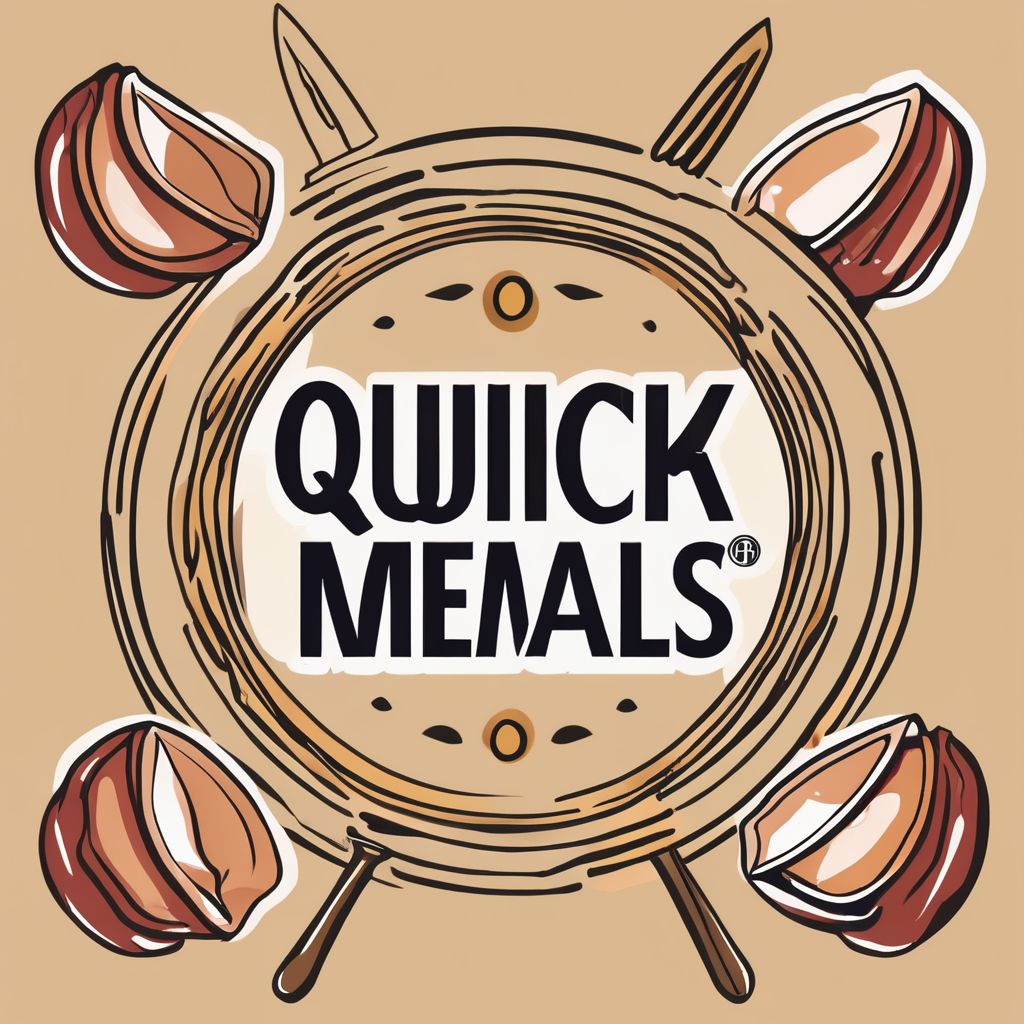When stepping into a raw food kitchen, you might expect to find an assortment of fruits and vegetables, a barrage of nuts and seeds, and perhaps a few curious sprouts here and there. However, what you might not expect to find is the array of specific tools and appliances that make this type of food preparation possible.
For a health-focused restaurant, the raw food kitchen is the engine room. It’s where the magic happens – where raw, unprocessed ingredients are meticulously transformed into delightful culinary creations that not only tantalize taste buds but also nourish the body in innumerable ways.
Also to discover : How do you set up a small-scale brewery in a restaurant for exclusive craft beer offerings?
Remember, the most important thing in a raw food kitchen is not the ingredients alone, but the tools and appliances that turn those ingredients into the living, enzyme-rich dishes that raw food enthusiasts love.
A High-Performance Blender
A raw food kitchen without a high-performance blender is like a car without an engine. It’s one of the most critical tools you’ll need. A good blender is essential for making smoothies, soups, sauces, and even nut butters.
Also read : How can touchless technology be implemented in a restaurant to improve hygiene and efficiency?
Unlike a regular blender, a high-performance blender can entirely break down food particles, which is crucial in a raw food kitchen. This ability to completely pulverize ingredients allows for increased nutrient absorption, which is the ultimate goal of eating raw foods.
A Reliable Food Processor
A food processor is another must-have in a raw food kitchen. While a blender is perfect for creating smooth and creamy dishes, a food processor provides texture. From chopping nuts and seeds to shredding vegetables, this tool is indispensable.
The food processor is used in a raw food kitchen to create a variety of dishes such as raw desserts, salads, raw pizza crusts, and more. A good food processor can efficiently handle the harder, crunchier foods that a blender might struggle with.
A Quality Juicer
Juicing is a staple in the raw food world. It allows for the quick intake of an abundance of nutrients from fruits and vegetables without the need to eat them all. A quality juicer is, therefore, a fundamental tool in a raw food kitchen.
There are various types of juicers available, but the most popular ones for the raw food kitchen are masticating or cold press juicers. These juicers work by crushing and pressing the fruits and vegetables to extract the juice, which helps to maintain the nutrients that can often be lost in the heat generated by other types of juicers.
Effective Dehydrators
Dehydrators are the secret weapon of many raw food kitchens. They provide a way to prepare a variety of dishes that would ordinarily require baking or cooking. Dehydrators work by slowly removing moisture from food at a low temperature, which allows it to maintain its raw status while still offering a change in texture and concentration of flavors.
Whether it’s creating raw crunchy granola, drying out fruits for a snack, or making raw bread, a dehydrator is an essential tool for a raw food kitchen.
A Range of Various Manual Tools
While the kitchen appliances mentioned are the powerhouses of a raw food kitchen, there are also a host of smaller, manual tools that are equally as important. These include tools like a good quality chef’s knife for chopping and dicing, multiple cutting boards to prevent cross-contamination, vegetable peelers, spiralizers for making vegetable noodles, and a variety of containers for soaking and sprouting.
Each of these manual tools plays a crucial role in the preparation of raw food dishes, and having a range of them at your disposal will ensure you can create a wide variety of raw food creations.
Finally, remember that while having the right tools and appliances is crucial, equally important is the knowledge and creativity that goes into using them. In a raw food kitchen, these tools become the extension of the chef’s hands, allowing them to transform simple, raw ingredients into culinary masterpieces. Without the human touch, even the most state-of-the-art raw food kitchen is just a collection of appliances.
Essential Sprouting Equipment
Sprouting is a significant part of a raw food diet, and any raw food kitchen worth its salt must have a dedicated area for it. From alfalfa to mung beans, sprouts are nutrient-dense and enhance the taste and texture of various raw food dishes. But to successfully sprout seeds, legumes, and grains, a raw food kitchen needs the right sprouting equipment.
Sprouting jars are one of the most common tools used for this process. These jars have a unique lid with small holes that allow air and water to get in but keep the seeds contained. They’re ideal for small to medium-sized seeds like alfalfa or broccoli.
Another type of sprouting equipment is the tray or tower sprouter. These are designed for larger seeds like lentils or chickpeas. The tower sprouter’s design lets you sprout different seeds on each tier, optimizing space and variety.
Sprouting bags, usually made from breathable natural materials such as hemp or cotton, are also used. They’re perfect for sprouting grains and nuts that need drainage and air circulation. All these tools not only facilitate the sprouting process but also help to prevent the growth of mold or bacteria, ensuring that the sprouts are safe to eat.
The Role of Fermentation Vessels
Fermentation is another method frequently used in raw food cuisine to enhance the nutritional content and flavor of the food. For instance, it can turn cabbage into probiotic-rich sauerkraut and milk into tangy yogurt. Fermentation vessels, therefore, are a must-have in a raw food kitchen.
A fermentation vessel can be anything from a simple glass jar with a tight-fitting lid to a specially designed crock with a water seal. The type of vessel you choose depends on what you’re fermenting.
For fermenting vegetables, a glass jar or stoneware crock with a lid and airlock is ideal. The airlock allows the gases produced during fermentation to escape while preventing air from getting in. For fermenting beverages like kombucha or kefir, a glass jar covered with a cloth and secured with a rubber band works well.
Regardless of your choice, a good fermentation vessel should be easy to clean and made of non-reactive material to avoid altering the flavor of your ferments.
Conclusion
In the end, the key to a successful raw food kitchen lies in having high-quality, reliable tools and appliances that can handle the unique demands of raw food preparation. These include a top-notch blender, a reliable food processor, a quality juicer, an effective dehydrator, a range of manual tools, essential sprouting equipment, and appropriate fermentation vessels.
However, it’s crucial to remember that these tools and appliances are only as good as the chef who uses them. A raw food kitchen thrives on creativity, knowledge, and the passion to transform simple, raw ingredients into culinary delights. So while investing in the right tools is essential, honing your culinary skills and nurturing a love for raw food cuisine are equally important. Therefore, fill your kitchen with the best tools, but also fill it with love for raw food, and your health-focused restaurant will surely thrive.






